Lovers of art, history and animals are celebrating the release of an exclusive set of ukiyoe woodblock prints from 1857 that are now free to download and share online.
tradition (Page 5)
One of the great pleasures of visiting Japan is the chance to sleep in a futon, traditional Japanese bedding that’s freshly laid out on the floor every evening. When you’ve got a nice thick mattress pad, a fluffy, quilted duvet cover and a compact buckwheat pillow, a night sleeping on tatami straw floors is a night few foreigners forget.
Now you can share the traditional Japanese bedtime experience with your feline friends, with a gorgeous new range of futons created especially for the discerning four-legged customer. From the gorgeous Japanese prints to the matching pillow and the ergonomic, tail-friendly design, this is the best chance yet for obliging humans to finally reclaim their beds!
Japan has a fascinating art history. From early cord designs on clay vessels in the Jomon period (c. 11000–c. 300 BC) through to picture scrolls, ukiyo-e woodblock prints, and the distinctive style of animation that exists today, people in Japan have always found unique ways to capture the world around them for the rest of the world to see.
One little-known art technique from the 1800s is now making a comeback, and while its roots are firmly planted in Japan’s traditional history, it’s a method of printing that people all around the world can enjoy. All you need is paper, some paint and a nice-looking fish.
We all know marriage and live-in-partnerships have a lot going for them. From constant companionship to support when you’re stressed with work or family problems, the idea of cohabiting with that special someone is powerful enough to sweep even the most jaded singleton off their feet.
In Japan, where pre-marriage cohabitation is still considered somewhat taboo, married life is a serious commitment with traditional roles that involve self-sacrifice and obligation, not only to one’s partner but to their extended family. So what do the single men of Japan think about marriage versus the bachelor life? A recent survey reveals the moments men are glad they’ve never put a ring on it and the interesting reasons why.
With Japan consistently appearing in the lowest ranks for gender equality in industrialised nations, the adoption of Prime Minister Abe’s recent bill to promote the role of women in the workplace has been a welcome development in what remains a traditionally patriarchal society.
What the headlines fail to mention, however, are the archaic laws entrenched in the country’s Civil Code that continue to hold women back, including same surname requirements upon marriage, and differences in the minimum marriageable age and re-marriage prohibition period for both sexes.
The UN Committee on the Elimination of Discrimination Against Women has again called for a revision of Japan’s current laws, slamming the country for being one of the few industrialised nations where it remains illegal for married couples to have different surnames.
Kennin-ji is one of Japan’s most historic landmarks. Founded in 1202, it’s the oldest Zen Buddhist temple in Kyoto and its founding monk, Eisai, is credited with introducing the philosophy of zen to Japan. To celebrate the temple’s 800th anniversary in 2002, a pair of dragons were painted inside the Dharma Hall, with instructions from the Abbott that they be “rampaging across the ceiling”.
The beauty and power of these dragons has inspired an experienced collector to commission a timepiece featuring the very same artwork, calling on the expertise of four of the very best master craftsmen in the business to come together in what’s being called the “Kennin-ji Master’s Project”. Helmed by acclaimed English watchmaker Peter Speake-Marin, experts are saying this is one of the most exquisite and ornate watches ever made in the history of the craft.
The traditional art of Japanese paper making has a history that dates back well over 1,000 years. Kurotani in Kyoto is one of the oldest paper-making villages where the tradition continues in earnest, with artisans continuing the ancient practice of paper skimming, classed as an intangible cultural asset by Kyoto Prefecture.
Like all Japanese arts, the process of creating washi has a precise and meditative quality about it. From collecting and preparing the raw materials to filtering and pressing the paper, the movements of these craftspeople and the life they lead is truly a sight to behold.
Japanese filmmaker Takashi Kuroyanagi has captured these moments in a beautiful five-minute film that takes us through the process from beginning to end and the result is breathtaking in its meditative beauty. If you’re looking for a way to take five minutes to relax in a busy day, this video is the calming tonic you need.
A few weeks ago we introduced you to the world of traditional Japanese woodwork, a technique that uses no nails or hardware, just precise joints, to keep furniture and even buildings together. This technique is also used to create intricate, wooden, functional artwork, known as kumiko, which is used within Japanese style-rooms to create a stunning atmosphere.
The traditional handicraft has been passed down for centuries, however, the trade is sadly dying out. In response, artisans are taking the age-old concept and applying the designs to more modern-day household items, such as chairs and lampshades. The results are nothing short of exquisite!
Nengajo, or New Year’s greeting cards, are a ubiquitous part of the end-of-year season in Japan. Much like Christmas cards in the west, nengajo are sent to family and friends to update them on what you’ve been up to that year. In fact, there are so many nengajo sent at the end of the year that post offices in Japan have to employ students as temporary staff to make sure they meet the delivery deadline of January 1. While there are plenty of preprinted cards available from stationery shops, many people opt to make their own, personalised cards. A nice touch, but results may vary depending on the artistic skills (and sense of humour) of the postcard sender! To show you what we mean, we’ve put together a little list of the best of this year’s nengajo. Some of them are genuinely impressive, while others would make us cringe if the neighbours saw ’em!
New Year’s in Japan is usually celebrated with family huddled under the kotatsu while munching on mikans, and sharing a dinner of traditional food, called osechi. Each component of the meal retains an auspicious meaning, granting the eater with good fortune, health, or fertility, among other things, during the coming year.
However, in recent years, an increasingly large population of Japan’s youth have chosen to forgo eating osechi. There are many reasons osechi has been disappearing from Japanese homes during New Year’s, but these changing tastes have given rise to a smorgasbord of strange, unique, and, frankly, comparatively tastier pre-made osechi meals. From cooked isopods to a box full of meat, let’s take a closer look at six modern day osechi.
There’s something deeply satisfying about watching someone do their job incredibly well. Whether it’s a master chef putting together a mouth-watering meal, a talented musician making an instrument come to life, or a pro athlete performing at the highest level of the sport, you find yourself unable to look away, both because of how soothing watching things go perfectly is, and also for fear of missing whatever amazing feat they’re going to pull off next.
So if you’re craving that special mixture of relaxation and inspiration, take a few minutes to watch this video of a master craftsman transforming two hunks of wood into a beautiful kokeshi doll with a literally unique twist.
There are several traditional crafts that Japan is known for, such as urushi lacquerware or Nishijin weaving. Perhaps not as widely known, but just as impressive, is the craft of yosegi, which uses woods of different color and texture to create exquisite patterns. In fact, the precision and skill involved is such that yosegi is not surprisingly, one of the crafts that has been featured in a series of videos uploaded by luxury fashion brand Gucci Japan on their YouTube channel dedicated to introducing the work of talented Japanese craftsmen, and the video has apparently been noticed around the world. Let’s take a look at a master artisan at work!
Hassaku Matsuri is a festival in Japan reserved for asking the gods for a bountiful harvest and happy life. It occurs every year during the first day of the eighth lunar month, usually falling during the beginning of September. Just as dialects and traditional foods vary depending on the region, Hassaku Matsuri is celebrated in vastly contrasting ways, especially in Kumamoto, Fukui, and Ibaraki prefectures. From intricate structures made of natural materials to an extremely inappropriate goblin, join us as we explore a few of the many Hassaku traditions in Japan.
The cleaning crews who maintain Japan’s high-speed bullet trains have a mere seven minutes to make the interior of the train spotlessly clean for its next journey. Those seven minutes are carefully divided into different tasks to make sure everything gets done in the allotted time.
Another curious detail people often notice about these cleaners is the way they bow as trains are entering and exiting the station. While this act is generally thought to be a respectful gesture, the intended recipient of the bowing seems to be a matter of great debate, with plenty of conflicting opinions out there, even among the Japanese!
If you imagine a Japanese room, chances are you think of something like the picture above: a simply furnished room with sliding shōji doors, a tokonoma with a hanging scroll, and a tatami mat floor. These are examples of the virtues of traditional Japan that many foreigners often hear extolled (along with futon, sushi and judo). When they occupy such an important part of Japanese identity, you wouldn’t think they would be in danger of disappearing anytime soon.
However, the demand for tatami mats has gone down by one third in the last 20 years and many artisans are worried the trade will soon be lost, as more and more of them find themselves rapidly aging with no successors to continue the business. Why is it that tatami floors are becoming rare now, after enduring for so long?
Japan is home to an enormous number of famous ruins and castles, with fascinating histories that transport us back to an era of clan warfare and old allegiances which remain at the heart of local tales today. As strongholds for the Lords and clans of old Japan, many castles have a commanding view of surrounding lands but none more so than this spectacular castle in Hyogo Prefecture. Often referred to as the Machu Picchu of Japan, and looking every bit like Ghibli’s famous floating castle from the animated movie Castle in the Sky, these ruins are expecting an unprecedented number of visitors this year. And with photos as stunning as these, it’s easy to see why.
There’s a lot of art enmeshed in everyday Japanese life. From the pictographs of the kanji writing system to the aesthetics of traditional practices, it’s easy to take for granted the visual symbolism on which a lot of the culture is based. One of the most striking examples of Japanese design is the kamon, or family crest, used for centuries to signify a family name or clan and often seen on the sleeves of formal kimonos and ceramic roof tiles of traditional homes. It’s estimated that there are as many as 30,000 family crests in Japan, and while many Japanese would struggle to identify a large number of them, some crests, such as the chrysanthemum Imperial crest and the Tokugawa shogunate hollyhock design, are easy to identify.
Artists are now using the digital medium to create a number of new kamon to the delight of netizens nationwide. What makes these unique is the fact that the images inside the crest are not flowers or scenes of nature but more modern logos and tools familiar to us through advertising and the digital age. The crest above, for example, might look like a cross design made up of four stylised rectangles, but if you look closely you’ll see something more commonly used in digital cameras: SD memory cards. Featuring everything from Twitter logos to Febreeze bottles, these unique crests are perfect for the tribes of today.
When you really think about them, even the traditions and practices that we each grew up with and seem perfectly normal are kind of odd. Easter, once solely the Christian celebration of the resurrection of Jesus, now sees us telling children that a benevolent rabbit came in the night to leave them chocolate eggs. Christmas takes us even further into the world of fantasy as kids grow up thinking that a magical man who lives in the North Pole works a team of elves all year round to make presents for them, delivering said gifts across the world in a single night via flying woodland beasts, despite the man himself likely having respiratory problems owing to his XXL frame.
Although Japan doesn’t really do Christmas, it does have a plenty of its own traditions and yearly celebrations, and it just so happens that today is one of them. Setsubun, or the spring bean-throwing festival, sees children yelling at and peppering fictional demons with handfuls of roasted beans, and families sitting down to eat enormous pieces of maki, or roll, sushi, often adhering to peculiar local traditions as they do.
With Christmas being just a regular day and the exchanging of gifts something of a rarity, we often feel that kids in Japan are missing out somewhat. Of course, not every Westerner is fortunate enough to know the joy of waking up on December 25 and finding presents–brought by a benevolent bearded man, no less–under the Christmas tree or at the foot of their bed, but those who are would most likely agree that it’s a pretty spectacular feeling for a kid to have.
But while the rest of the world is coming to realise that the toys they asked for aren’t quite as cool as they’d expected and dreading going back to school or work, kids in Japan are making out like bandits and getting not presents but cold, hard cash on New Year’s Day in the form of otoshidama.
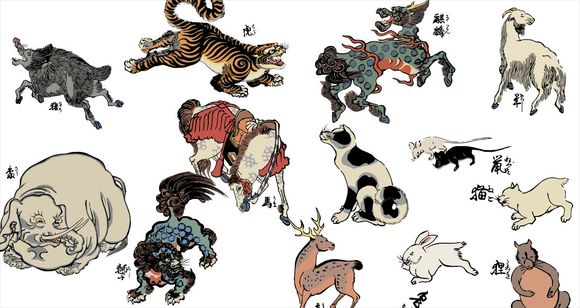
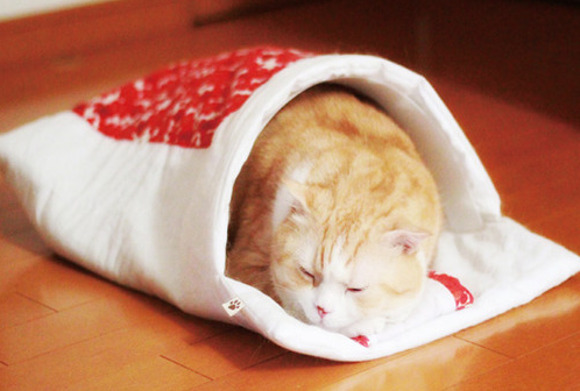

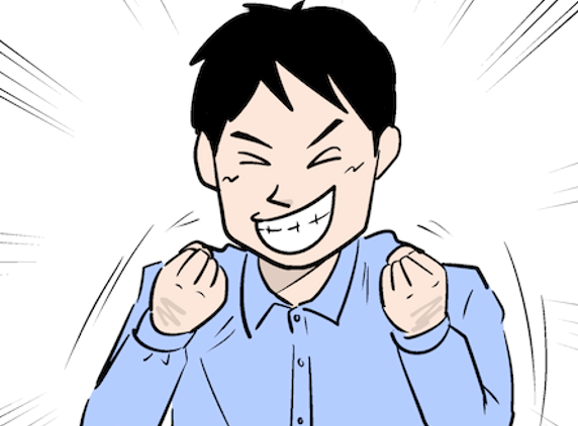
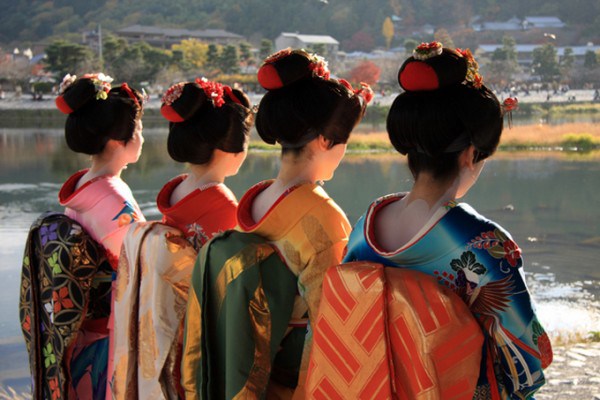
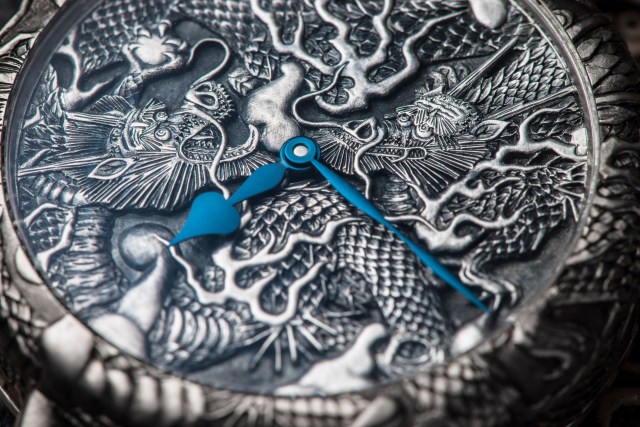
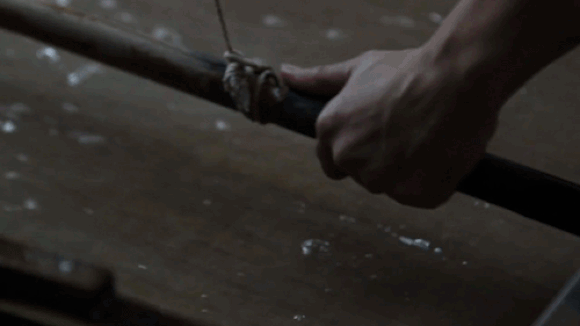

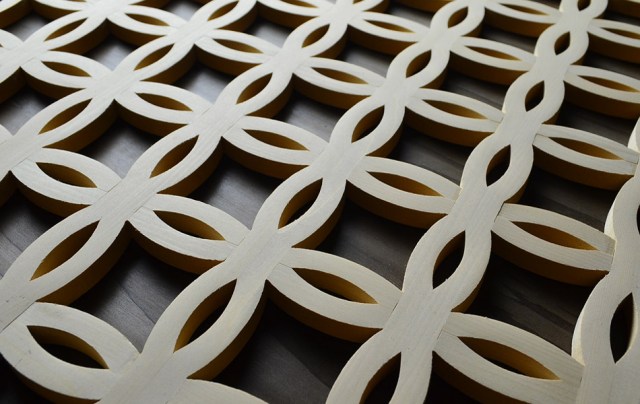
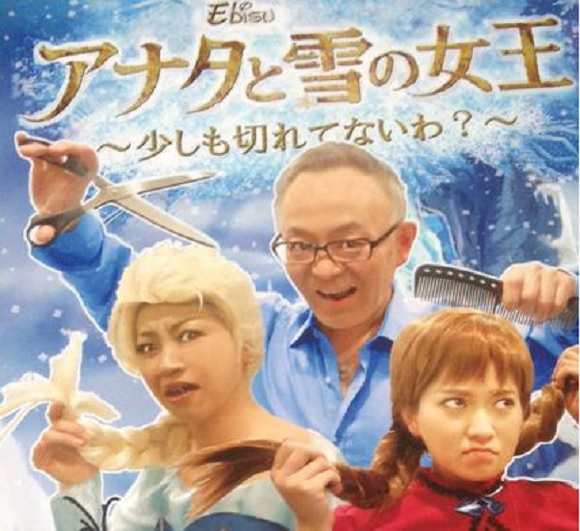
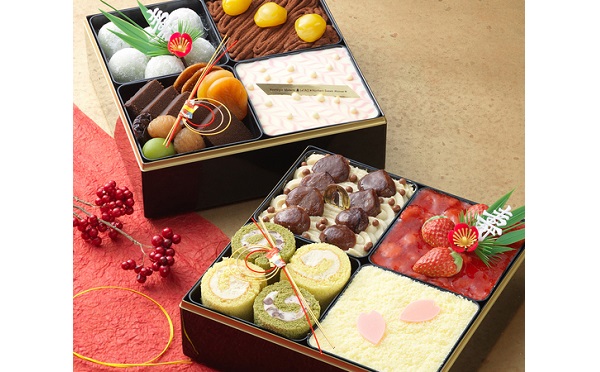
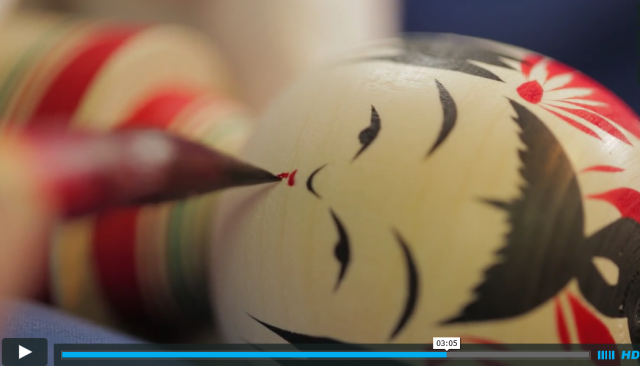
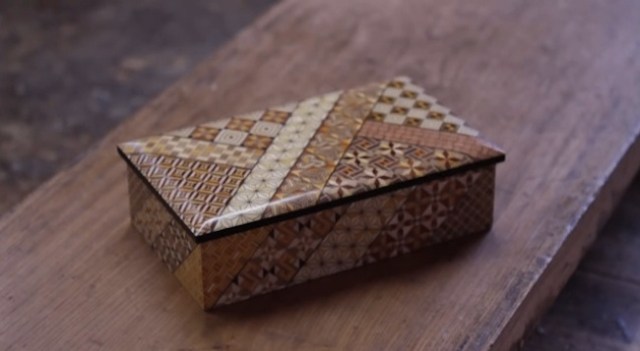

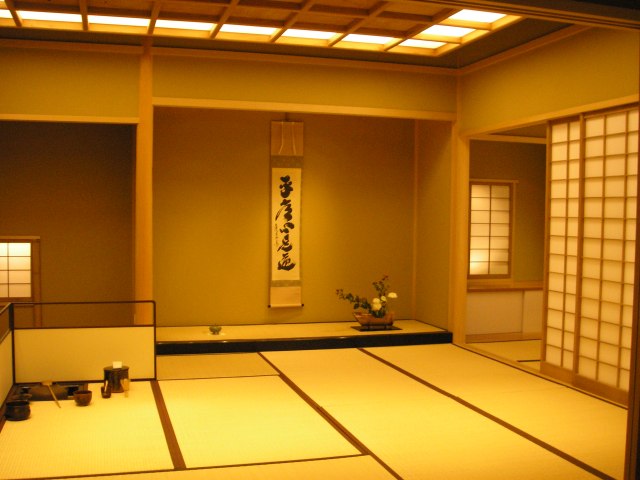

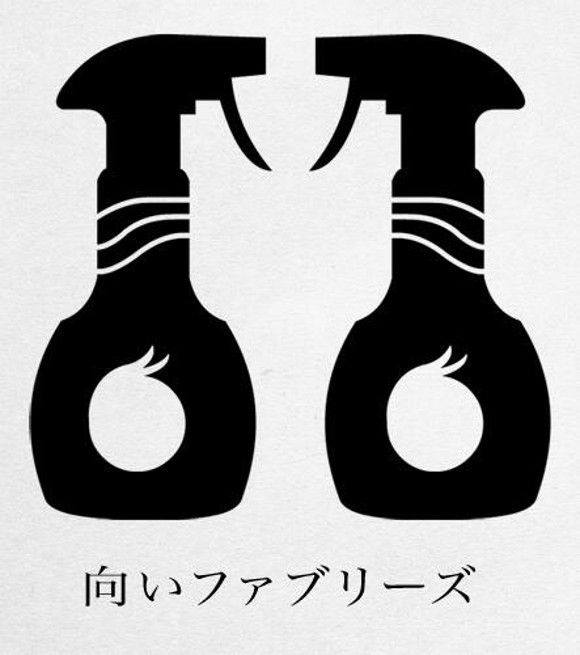
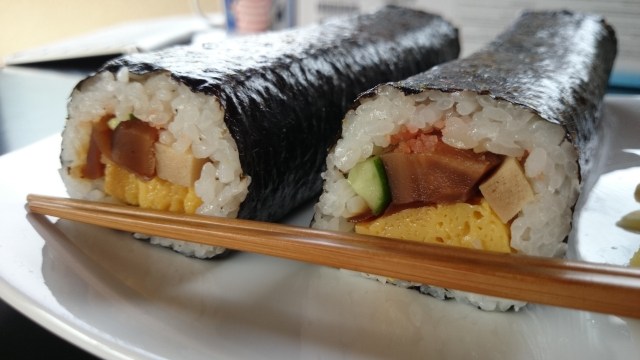
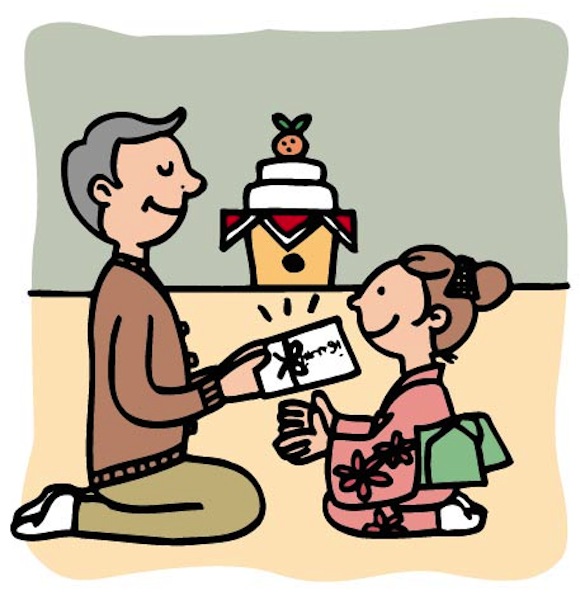
 Foreigner’s request for help in Tokyo makes us sad for the state of society
Foreigner’s request for help in Tokyo makes us sad for the state of society Japanese city loses residents’ personal data, which was on paper being transported on a windy day
Japanese city loses residents’ personal data, which was on paper being transported on a windy day Should you add tartar sauce to Japanese curry rice? CoCo Ichi makes diners an unusual offer
Should you add tartar sauce to Japanese curry rice? CoCo Ichi makes diners an unusual offer Suntory x Super Mario collaboration creates a clever way to transform into Mario【Videos】
Suntory x Super Mario collaboration creates a clever way to transform into Mario【Videos】 Smash Bros. director Sakurai stabs Kirby in the face, has delicious justification for it
Smash Bros. director Sakurai stabs Kirby in the face, has delicious justification for it Secret Kitchen bento serves Japanese flowers, birds, wind and moon in a box, but is it worth it?
Secret Kitchen bento serves Japanese flowers, birds, wind and moon in a box, but is it worth it? Akihabara pop-up shop sells goods made by Japanese prison inmates
Akihabara pop-up shop sells goods made by Japanese prison inmates Mt. Koya planning to instate visitor’s tax to cope with huge tourist numbers
Mt. Koya planning to instate visitor’s tax to cope with huge tourist numbers Pokémon Sleep camping suite and guestrooms coming to Tokyo Hyatt along with giant Snorlax burgers
Pokémon Sleep camping suite and guestrooms coming to Tokyo Hyatt along with giant Snorlax burgers Anime girl English teacher Ellen-sensei becomes VTuber/VVTUber and NFT
Anime girl English teacher Ellen-sensei becomes VTuber/VVTUber and NFT McDonald’s new Happy Meals offer up cute and practical Sanrio lifestyle goods
McDonald’s new Happy Meals offer up cute and practical Sanrio lifestyle goods Japanese ramen restaurants under pressure from new yen banknotes
Japanese ramen restaurants under pressure from new yen banknotes French Fries Bread in Tokyo’s Shibuya becomes a hit on social media
French Fries Bread in Tokyo’s Shibuya becomes a hit on social media Studio Ghibli releases new action figures featuring Nausicaä of the Valley of the Wind characters
Studio Ghibli releases new action figures featuring Nausicaä of the Valley of the Wind characters New private rooms on Tokaido Shinkansen change the way we travel from Tokyo to Kyoto
New private rooms on Tokaido Shinkansen change the way we travel from Tokyo to Kyoto Red light district sushi restaurant in Tokyo shows us just how wrong we were about it
Red light district sushi restaurant in Tokyo shows us just how wrong we were about it Tokyo Tsukiji fish market site to be redeveloped with 50,000-seat stadium, hotel, shopping center
Tokyo Tsukiji fish market site to be redeveloped with 50,000-seat stadium, hotel, shopping center All-you-can-drink Starbucks and amazing views part of Tokyo’s new 170 meter-high sky lounge
All-you-can-drink Starbucks and amazing views part of Tokyo’s new 170 meter-high sky lounge Beautiful Ghibli sealing wax kits let you create accessories and elegant letter decorations【Pics】
Beautiful Ghibli sealing wax kits let you create accessories and elegant letter decorations【Pics】 Studio Ghibli releases Kiki’s Delivery Service chocolate cake pouches in Japan
Studio Ghibli releases Kiki’s Delivery Service chocolate cake pouches in Japan New definition of “Japanese whiskey” goes into effect to prevent fakes from fooling overseas buyers
New definition of “Japanese whiskey” goes into effect to prevent fakes from fooling overseas buyers Our Japanese reporter visits Costco in the U.S., finds super American and very Japanese things
Our Japanese reporter visits Costco in the U.S., finds super American and very Japanese things Studio Ghibli unveils Mother’s Day gift set that captures the love in My Neighbour Totoro
Studio Ghibli unveils Mother’s Day gift set that captures the love in My Neighbour Totoro More foreign tourists than ever before in history visited Japan last month
More foreign tourists than ever before in history visited Japan last month New Pokémon cakes let you eat your way through Pikachu and all the Eevee evolutions
New Pokémon cakes let you eat your way through Pikachu and all the Eevee evolutions Sales of Japan’s most convenient train ticket/shopping payment cards suspended indefinitely
Sales of Japan’s most convenient train ticket/shopping payment cards suspended indefinitely Sold-out Studio Ghibli desktop humidifiers are back so Totoro can help you through the dry season
Sold-out Studio Ghibli desktop humidifiers are back so Totoro can help you through the dry season Japanese government to make first change to romanization spelling rules since the 1950s
Japanese government to make first change to romanization spelling rules since the 1950s Ghibli founders Toshio Suzuki and Hayao Miyazaki contribute to Japanese whisky Totoro label design
Ghibli founders Toshio Suzuki and Hayao Miyazaki contribute to Japanese whisky Totoro label design Doraemon found buried at sea as scene from 1993 anime becomes real life【Photos】
Doraemon found buried at sea as scene from 1993 anime becomes real life【Photos】 Tokyo’s most famous Starbucks is closed
Tokyo’s most famous Starbucks is closed One Piece characters’ nationalities revealed, but fans have mixed opinions
One Piece characters’ nationalities revealed, but fans have mixed opinions We asked a Uniqlo employee what four things we should buy and their suggestions didn’t disappoint
We asked a Uniqlo employee what four things we should buy and their suggestions didn’t disappoint Princesses, fruits, and blacksmiths: Study reveals the 30 most unusual family names in Japan
Princesses, fruits, and blacksmiths: Study reveals the 30 most unusual family names in Japan Secret Kitchen bento serves Japanese flowers, birds, wind and moon in a box, but is it worth it?
Secret Kitchen bento serves Japanese flowers, birds, wind and moon in a box, but is it worth it? Akihabara pop-up shop sells goods made by Japanese prison inmates
Akihabara pop-up shop sells goods made by Japanese prison inmates Mt. Koya planning to instate visitor’s tax to cope with huge tourist numbers
Mt. Koya planning to instate visitor’s tax to cope with huge tourist numbers Pokémon Sleep camping suite and guestrooms coming to Tokyo Hyatt along with giant Snorlax burgers
Pokémon Sleep camping suite and guestrooms coming to Tokyo Hyatt along with giant Snorlax burgers Anime girl English teacher Ellen-sensei becomes VTuber/VVTUber and NFT
Anime girl English teacher Ellen-sensei becomes VTuber/VVTUber and NFT Studio Ghibli’s Mother’s Day corn set is a heartwarming gift for Totoro fans
Studio Ghibli’s Mother’s Day corn set is a heartwarming gift for Totoro fans Häagen-Dazs brings back its popular mochi ice cream line with two classic, luxurious flavors
Häagen-Dazs brings back its popular mochi ice cream line with two classic, luxurious flavors French Fries Bread in Tokyo’s Shibuya becomes a hit on social media
French Fries Bread in Tokyo’s Shibuya becomes a hit on social media Japanese breast size study shows rapid growth in previously smallest-busted region of county
Japanese breast size study shows rapid growth in previously smallest-busted region of county Studio Ghibli’s The Boy and the Heron gets North American screening date in September
Studio Ghibli’s The Boy and the Heron gets North American screening date in September Ghibli Park now selling “Grilled Frogs” from food cart in Valley of Witches
Ghibli Park now selling “Grilled Frogs” from food cart in Valley of Witches Twin Tail Day makes Twitter a paradise for guys in Japan【Photos】
Twin Tail Day makes Twitter a paradise for guys in Japan【Photos】 Red light district sushi restaurant in Tokyo shows us just how wrong we were about it
Red light district sushi restaurant in Tokyo shows us just how wrong we were about it